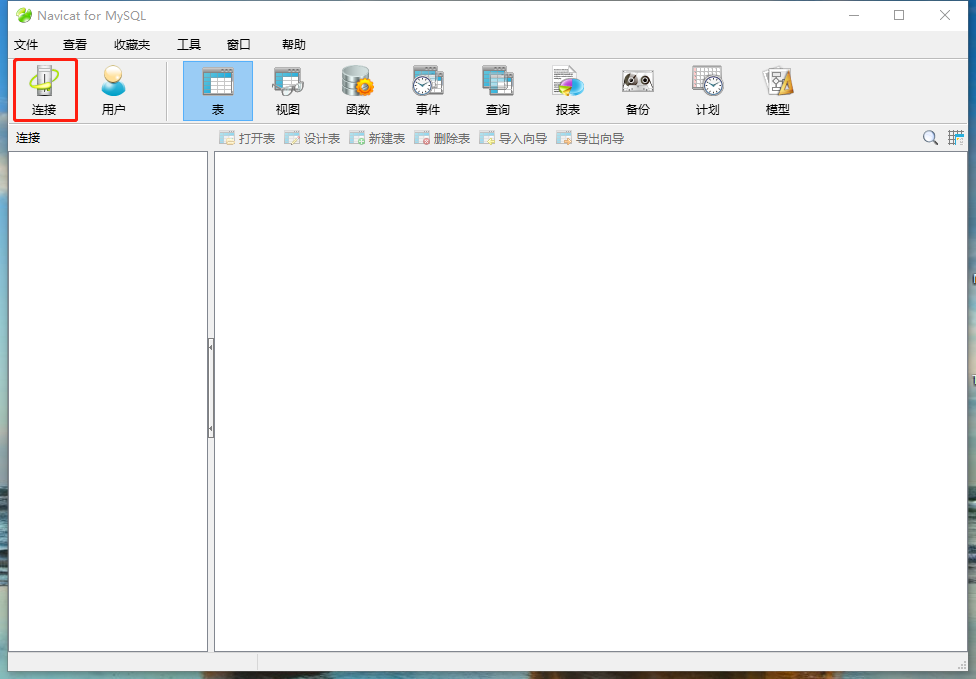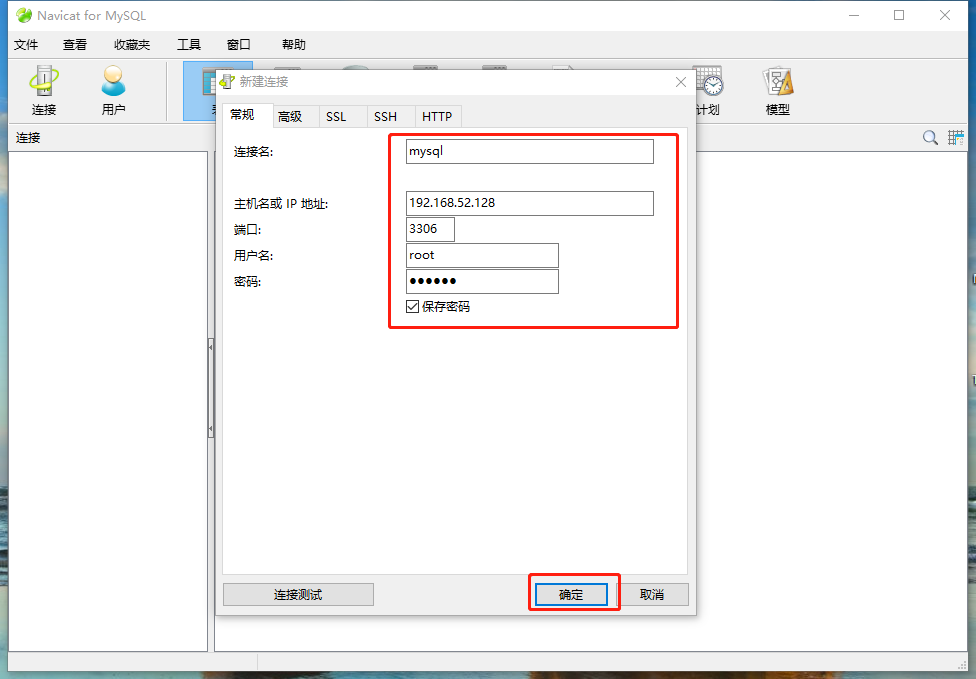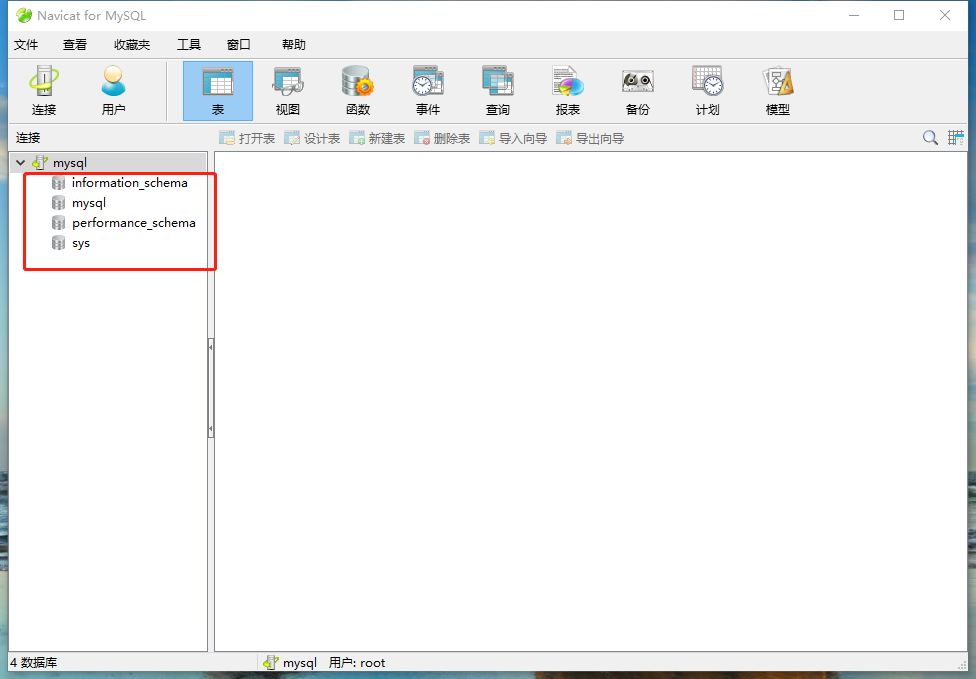Basic concepts of databases
Data:
- Symbolic records describing things are called data.
- Include numbers, text, graphics, images, sounds, file records, etc.
- Store in a uniform format as a "record".
Table:
- A table is formed by grouping different records together
- Is used to store specific data
Database:
- A database is a collection of tables and a repository for storing data
- Relevant data stored in an organized manner
History of Database System
First Generation Database
Since the 1960s, the first generation of database systems has been introduced.They are database systems for hierarchical and mesh models, providing strong support for unified data management and sharing
Second Generation Database
- In the early 1970s, the second generation of databases - relational databases began to appear
- In the early 1980s, IBM's relational database system DB2 came out. As the relational database of the second generation database system, it gradually replaced the hierarchical and network model database, became the dominant database, and became the mainstream of the industry.So far, relational database systems still dominate database applications
Third Generation Database
- Since the 1980s, a variety of new database systems have been appearing, such as engineering databases, multimedia databases, graphics databases, intelligent databases, distributed databases and object-oriented databases, especially object-oriented database systems. Because of their high practicability and wide adaptability, they are favored by people.
- In the late 1990s, a variety of database systems jointly supported the application.Of course, relational databases still dominate in business applications, but some new elements have been added to the mainstream business database systems.For example, Oracle supports a relational object database model
Introduction to mainstream databases
SQL Server (Microsoft Products)
- Windows Operating System Oriented
- Simple, easy to use, almost unused
Oracle (Oracle Products)
- For all mainstream platforms
- Safe, perfect and complex operation
DB2 (IBM Products)
- For all mainstream platforms
- Large, safe and perfect
MySQL (Oracle Acquisition)
- Free, open source, small size
Sybase (relational database, Sybase products, USA)
- Large and perfect
Relational Database
-
Relational database system is a database system based on relational model. Its basic concept comes from relational model
-
Relational models are based on the theory of relational algebra, and data structures are represented directly by simple Entity-Relation (E-R) diagrams using easy-to-understand two-dimensional data tables.
-
The E-R diagram contains three elements: entity (data object), relationship and attribute.
-
A collection of relationships between all entities and entities forms a relational database
-
The storage structure of relational databases is a two-dimensional table, and the data that reflects things and their relationships are stored in a tabular form.
- In each two-dimensional table, each row is called a record to describe information about an object, and each column is called a field to describe an attribute of an object.

entity
Also known as an instance, it corresponds to "events" or things in the real world that can be distinguished from other objects, such as bank customers, bank accounts, etc.
attribute
An entity has a certain attribute, and an entity can have multiple attributes.For example, each entity in the Bank Customer entity set has attributes such as name, address, phone, and so on
contact
The corresponding relationship between sets of entities is called a relationship, also known as a relationship.For example, there is a "savings" relationship between bank customers and bank accounts
Relational Database
- Oracle ,MySQL
- SQLServer,Sybase
- Informix,access
- DB2,FoxPRO
Examples of relational database applications
- 12306 User Information System
- Taobao Account Information System, Alipay Account System Mobile, Telecom, Unicom Mobile Number Information System, Billing System Bank User Account System
- Web Site User Information System
Introduction to non-relational databases
1. Non-relational databases, also known as NoSQL(Not Only SQL), do not store data based on a relational model and do not require a fixed table format.
2. Non-relational databases, as a supplement to relational databases, play an efficient and high-performance role in the era of rapidly developing websites.
3. Advantages of non-relational databases:
- High concurrent read and write requirements for databases
- Efficient storage and access to large amounts of data
- Requirements for high scalability and high availability of databases
-
4. Key-value method, which stores, deletes and alters data based on keys
5. Column-oriented, storing related data in the column family
6. Documentation. A database consists of a series of data items, each of which has a name and corresponding value
7. Graphic method, entity is vertex, relationship is edge, data is saved as a graphic
8. Memcached is an open source, high performance cache system with distributed memory objects that stores data as a key-value
- Caching data to reduce database pressure and speed up access
- Accelerate Dynamic Web Applications
- Cached content is stored in memory
9. redis is also a key-value way to store data, which is also stored in memory but is periodically written to disk
10. Relative to Memcached, it has the following characteristics:
- Supports memory caching
- Support persistence
- More data types
- Support Clustering, Distributed
- Support Queue
11. Examples of redis applications
- Database Front End Cache
- session sharing
- When more data types than key/value need to be cached
- When cached data needs to be persisted for a long time
Introduction to MySQL database
MySQL is a popular open source relational database
Products under Oracle
Compliance with GPL protocol, free use and modification
Characteristic:
- Excellent performance and stable service
- Open source, no copyright restrictions, low cost
- Multi-threaded, multi-user
- Based on C/S (client/server) architecture.
- Safe and reliable
MySQL Business and Community Editions
MySQL Business Edition is developed and maintained by MySQL AB Company and requires a fee to use
MySQL Community Edition is developed and maintained by MySQL developers and enthusiasts scattered around the world and is free to use
The difference between the two:
- Business edition organization management and testing link more stringent, better stability
- Commercial version does not comply with GPL
- Commercial editions are available for 7*24 hours of service, such as troubleshooting and patching
MySQL Product Campaign
-
First Camp: 5.0-5.1 Camp, a continuation of early products
-
Second Campaign: 5.4-5.7 Campaign, better integration of MySQL AB company, community, third-party company's storage engine to improve performance
- Camp 3: Camp 6.0-7.1, the MySQL Cluster version, was developed to meet the database needs of a new era of clustering
MySQL download URL: http://www.dev.mysql.com/downloads
MySQL 5.7 Compile Installation
1. Install the environment packages required to compile mysql
[root@localhost ~]# yum -y install \ > ncurses \ > ncurses-devel \ > bison \ > cmake \ > gcc \ > gcc-c++ ........//Omit installation process
2. Add a mysql user
[root@localhost ~]# useradd -s /sbin/nologin mysql [root@localhost ~]#
3. Unzip the mysql source package into the'/opt/'directory
[root@localhost ~]# mkdir /mnt/tools [root@localhost ~]# mount.cifs //192.168.100.50/tools /mnt/tools/ Password for root@//192.168.100.50/tools: [root@localhost ~]# cd /mnt/tools/MySQL/ [root@localhost MySQL]# ls boost_1_59_0.tar.gz mysql-5.7.17.tar.gz [root@localhost MySQL]# tar zxvf mysql-5.7.17.tar.gz -C /opt/ ............//Omit decompression [root@localhost MySQL]#tar zxvf boost_1_59_0.tar.gz -C /usr/local/ ............//Omit decompression [root@localhost MySQL]#
4. Rename the "boost_1_59_0" directory to "boost"
[root@localhost MySQL]# cd /usr/local/ [root@localhost local]# mv boost_1_59_0/ boost [root@localhost local]# ls bin boost etc games include lib lib64 libexec sbin share src [root@localhost local]#
5. Configure mysql service
[root@localhost local]# cd /opt/mysql-5.7.17/ [root@localhost mysql-5.7.17]# cmake \ > -DCMAKE_INSTALL_PREFIX=/usr/local/mysql \ //Installation Path > -DMYSQL_UNIX_ADDR=/usr/local/mysql/mysql.sock \ //Define sock file connection database file > -DSYSCONFDIR=/etc \ //Profile directory > -DSYSTEMD_PID_DIR=/usr/local/mysql \ //PID File Directory > -DDEFAULT_CHARSET=utf8 \ //Specify character set, utf8 supports Chinese characters > -DDEFAULT_COLLATION=utf8_general_ci \ Specify Character Set Default > -DWITH_INNOBASE_STORAGE_ENGINE=1 \ Storage Engine > -DWITH_ARCHIVE_STORAGE_ENGINE=1 \ > -DWITH_BLACKHOLE_STORAGE_ENGINE=1 \ > -DWITH_PERFSCHEMA_STORAGE_ENGINE=1 \ > -DMYSQL_DATADIR=/usr/local/mysql/data \ //Database Data File Directory > -DWITH_BOOST=/usr/local/boost \ //Underlying runtime > -DWITH_SYSTEMD=1 //Master-Slave Parameters
6. Compile and install MySQL services
[root@localhost mysql-5.7.17]#make && make install ...........//Omit compilation process [root@localhost mysql-5.7.17]#
7. Change the ownership and group of the database catalog
[root@localhost mysql-5.7.17]# chown -R mysql.mysql /usr/local/mysql/ [root@localhost mysql-5.7.17]#
8. Modify the configuration file
[root@localhost mysql-5.7.17]# vim /etc/my.cnf [client] //Client port = 3306 default-character-set=utf8 socket = /usr/local/mysql/mysql.sock [mysql] //Client port = 3306 default-character-set=utf8 socket = /usr/local/mysql/mysql.sock [mysqld] //The server user = mysql //user basedir = /usr/local/mysql //Set the installation directory for mysql datadir = /usr/local/mysql/data //Set up the storage directory for the data in the mysql database port = 3306 //Set up port 3306 character_set_server=utf8 //Chinese Character Set pid-file = /usr/local/mysql/mysqld.pid //pid file path socket = /usr/local/mysql/mysql.sock //sock file path server-id = 1 //Master-Slave Parameters sql_mode=NO_ENGINE_SUBSTITUTION,STRICT_TRANS_TABLES,NO_AUTO_CREATE_USER,NO_AUTO_VALUE_ON_ZERO,NO_ZERO_IN_DATE,NO_ZERO_DATE,ERROR_FOR_DIVISION_BY_ZERO,PIPES_AS_CONCAT,ANSI_QUOTES //Support module [root@localhost mysql-5.7.17]# Chown mysql:mysql/etc/my.cnf //Modify the file to belong to the primary group [root@localhost mysql-5.7.17]#
9. Add mysql related commands to the local environment configuration
[root@localhost mysql-5.7.17]# echo 'PATH=/usr/local/mysql/bin:/usr/local/mysql/lib:$PATH' >> /etc/profile //Write MySQL to local environment configuration [root@localhost mysql-5.7.17]# Echo'export PATH'>>/etc/profile//Set global environment configuration [root@localhost mysql-5.7.17]# Source/etc/profile//reload configuration file [root@localhost mysql-5.7.17]#
10. Initialize the database
[root@localhost mysql-5.7.17]# cd /usr/local/mysql/ [root@localhost mysql]# bin/mysqld \ > --initialize-insecure \ //Initialization > --user=mysql \ //user > --basedir=/usr/local/mysql \ //Installation Directory > --datadir=/usr/local/mysql/data //Database Data File Directory
11. Copy MySQL service configuration file to/usr/lib/systemd/system/for easy systemctl management
[root@localhost mysql]# cp usr/lib/systemd/system/mysqld.service /lib/systemd/system/ //copy [root@localhost mysql]# systemctl daemon-reload //reload [root@localhost mysql]# systemctl start mysqld.service //start service [root@localhost mysql]# Netstat-ntap | grep 3306 //view tcp3306 port tcp6 0 0 :::3306 :::* LISTEN 78684/mysqld [root@localhost mysql]# systemctl enable mysqld.service //Set boot-up self-start Created symlink from /etc/systemd/system/multi-user.target.wants/mysqld.service to /usr/lib/systemd/system/mysqld.service. [root@localhost mysql]#
12. Configure MySQL password
[root@localhost mysql]# mysqladmin -u root -p password Enter password: New password: Confirm new password: Warning: Since password will be sent to server in plain text, use ssl connection to ensure password safety. [root@localhost mysql]#
13. Attempt to log on to MySQL database
[root@localhost mysql]# mysql -u root -p Enter password: Welcome to the MySQL monitor. Commands end with ; or \g. Your MySQL connection id is 4 Server version: 5.7.17 Source distribution Copyright (c) 2000, 2016, Oracle and/or its affiliates. All rights reserved. Oracle is a registered trademark of Oracle Corporation and/or its affiliates. Other names may be trademarks of their respective owners. Type 'help;' or '\h' for help. Type '\c' to clear the current input statement. mysql> grant all privileges on *.* to 'root'@'%' identified by 'abc123' with grant option; //Title enables all terminals to log on remotely Query OK, 0 rows affected, 1 warning (0.00 sec) mysql> quit //Sign out Bye [root@localhost mysql]# [root@localhost mysql]# systemctl stop firewalld.service //close firewall [root@localhost mysql]# setenforce 0 //Turn off enhanced security features [root@localhost mysql]#
14. Remote login with Navicat tools



15. Enter the database to view all databases
[root@localhost mysql]# mysql -uroot -p Enter password: Welcome to the MySQL monitor. Commands end with ; or \g. Your MySQL connection id is 6 Server version: 5.7.17 Source distribution Copyright (c) 2000, 2016, Oracle and/or its affiliates. All rights reserved. Oracle is a registered trademark of Oracle Corporation and/or its affiliates. Other names may be trademarks of their respective owners. Type 'help;' or '\h' for help. Type '\c' to clear the current input statement. mysql> show databases; //view the database +--------------------+ | Database | +--------------------+ | information_schema | | mysql | | performance_schema | | sys | +--------------------+ 4 rows in set (0.00 sec) mysql>